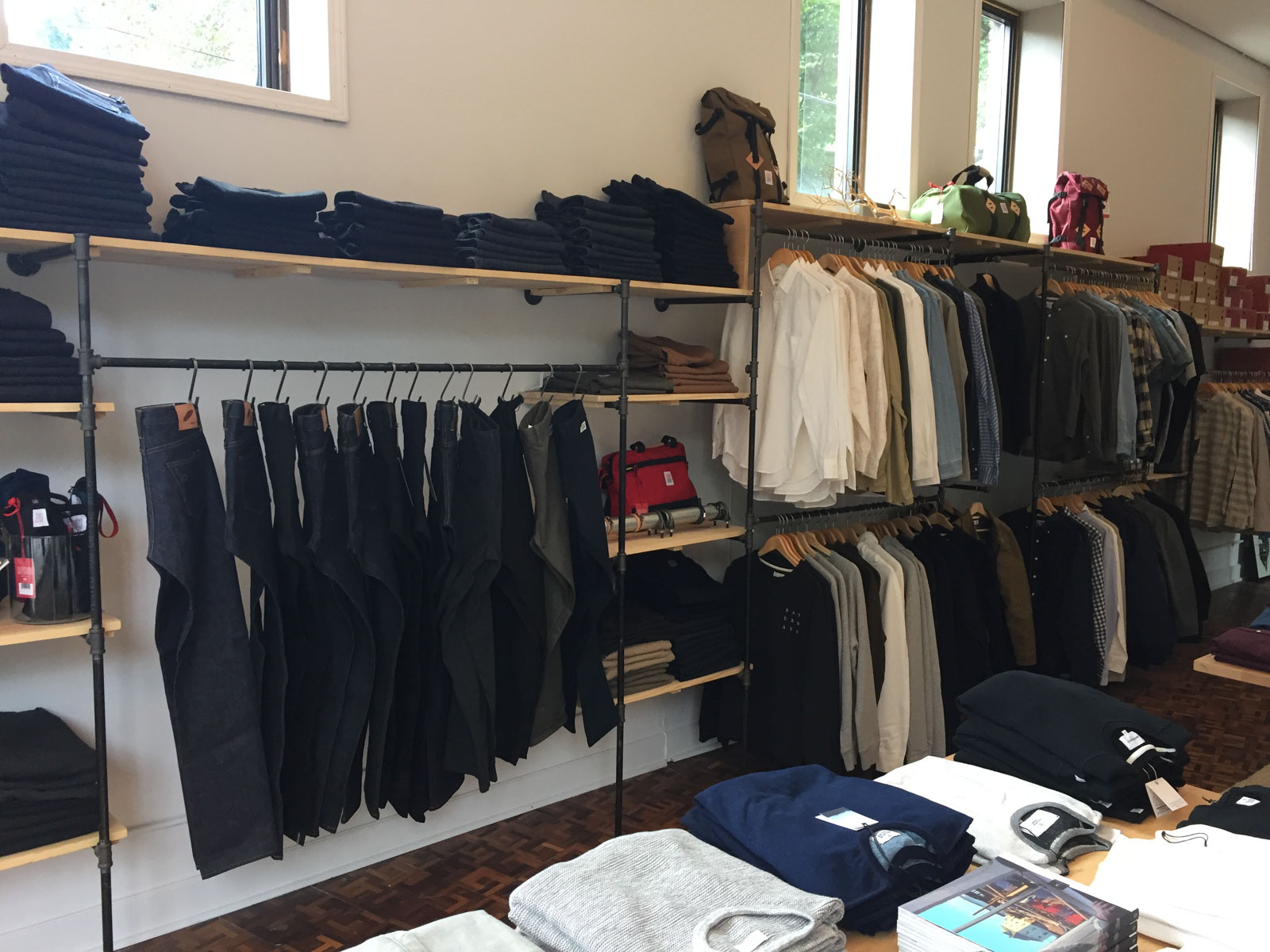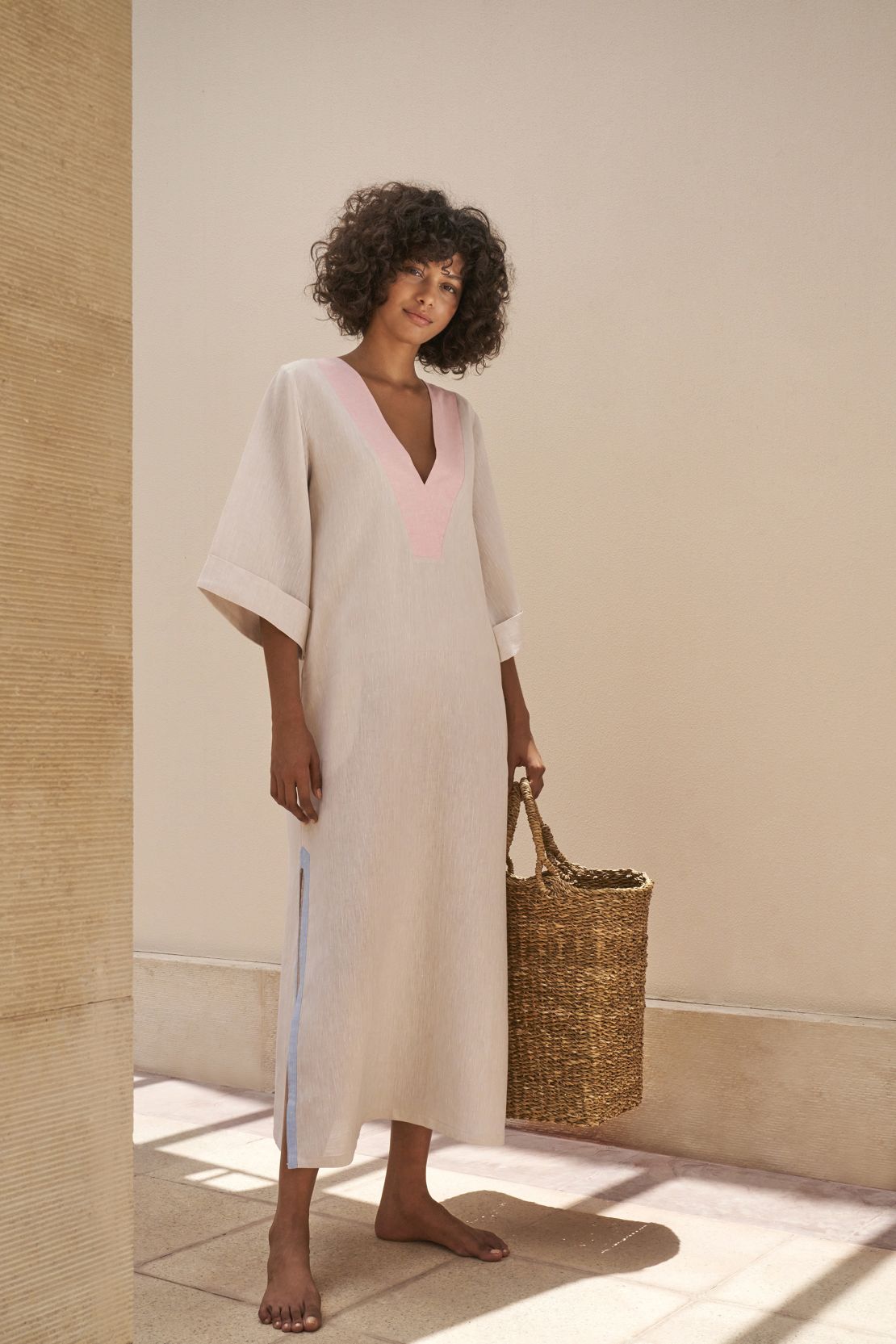Eastern Wear Pakistan: Important Wardrobe Pieces for Every Fashion Enthusiast
Eastern Wear Pakistan: Important Wardrobe Pieces for Every Fashion Enthusiast
Blog Article
Experience the Elegance of Conventional Eastern Clothes
Start a trip via the intricate world of conventional Eastern clothing, where each garment tells a story woven with cultural splendor and historic value. From the dynamic hues of a Chinese qipao to the regal style of a Pakistani shalwar kameez, these garments offer a glimpse into a world where craftsmanship meets artistry. The fusion of extravagant textiles and fragile needlework strategies produces a tapestry of sophistication that goes beyond borders and time. Join us as we unwind the keys behind these exquisite items and uncover the attraction of Eastern clothing that has actually astounded generations.
History of Eastern Attire
Eastern outfit has an abundant history that dates back centuries, mirroring the diverse cultures and practices of regions such as Asia and the Middle East. In Asia, typical outfit differs significantly from the vivid saris used in India to the classy kimono of Japan.
Throughout history, Eastern clothes has not just worked as a type of apparel but additionally as a symbol of cultural identification and heritage (eastern wear pakistan). Fabrics like linen, cotton, and silk have been generally used, with patterns and layouts typically holding substantial definitions or representing elements of nature or spirituality. Standard garments have actually been given through generations, with each piece bring a feeling of history and custom. Today, Eastern clothing remains to develop, mixing traditional aspects with modern-day style fads to create classic and one-of-a-kind designs.
Importance of Needlework
Embroidery plays an essential function in traditional Eastern attire, including detailed information and cultural relevance to garments that have been given via generations. In Eastern societies, embroidery is not simply ornamental however holds deep symbolic meanings. Each stitch and pattern can share stories, beliefs, and even social standing.
The art of needlework in typical Eastern outfit is a labor-intensive procedure that requires skill and perseverance. Extremely experienced craftsmens thoroughly hand embroider complex styles onto fabrics utilizing techniques that have actually been improved over centuries. These stitched layouts often show the rich social heritage of the region they originate from, showcasing themes inspired naturally, folklore, or historical events.

Glamorous Fabrics Used
Lavish fabrics play a pivotal function in boosting the sophistication and opulence of conventional clothes throughout diverse Eastern societies. Silk, renowned for its soft qualities and shine, is a preferred option for numerous conventional garments due to its lavish feeling and capability to drape gracefully. In countries like India, China, and Japan, silk has a long history of being utilized in standard clothes, signifying wealth and standing.
Another extensively made use of lavish textile is brocade, defined by detailed patterns woven right into the material. Brocade adds a touch of class to garments and is often seen in ritualistic clothing and official wear. Velour, with its deluxe texture and rich look, is additionally a popular option for Check This Out typical clothes in Eastern societies, particularly for joyful events and special events.
Additionally, satin, organza, and chiffon are regularly utilized for their flowing and light-weight qualities, adding a feeling of special and beauty to garments. These extravagant materials not just raise the aesthetic charm of typical Eastern clothes yet likewise add to the overall allure and charm of the wearer.
Workmanship Methods
Conventional clothes in various societies showcases flawless craftsmanship methods that are passed down via generations, highlighting the ability and creativity associated with creating these beautiful garments. Each needlework, stitch, and embellishment is diligently crafted to create timeless pieces that embody the social heritage and traditions of the region. The workmanship strategies used in conventional Eastern outfit usually involve complex handwork, such as hand weaving, hand needlework, and hand beading, which call for precision and attention to detail.
Artisans who focus on these methods undergo years of training to ideal their skills and master the typical techniques of garment building. Using top notch materials combined with expert craftsmanship leads to garments that not only look visually sensational yet also stand the test of time. The dedication to protecting these workmanship techniques ensures that each piece of typical Eastern outfit is a work of art, showing the rich cultural history and heritage of the area.
Ageless Beauty and Charm

The elaborate embroidery, delicate beadwork, and glamorous fabrics made use of in conventional Eastern clothing add to its exceptional appeal. The meticulous creation gave with generations ensures that every item informs a story and exhibits sophistication and poise.
In addition, the timeless silhouettes and stylish draping of typical Eastern outfit include to its enduring appeal. The moving lines and elegant styles develop a sense of harmony and equilibrium that is both emotionally fascinating and aesthetically appealing.
Fundamentally, the timeless sophistication and elegance of traditional Eastern clothes offer as a testimony to the ability and artistry of the craftsmen who commit their lives to maintaining these charming sartorial traditions. - eastern wear pakistan
Conclusion
To conclude, the sophistication of traditional Eastern clothes is a testimony to the abundant background, cultural relevance, and intricate workmanship of the region. From the sophisticated needlework to the extravagant materials and timeless appeal, each garment informs a story and reflects the cultural identification of its origins. Accepting Eastern outfit enables one to value the virtuosity and elegance that have actually been passed down through generations, producing captivating and absolutely charming pieces.
Embark on a journey with the elaborate world of typical you could try this out Eastern attire, where each garment tells a story woven with social richness and historic relevance.Needlework plays a vital function in standard Eastern clothes, adding complex information and social value to garments that have actually been passed down via generations.Extravagant materials play a crucial function in enhancing the elegance and opulence of traditional attire across diverse Eastern cultures. The workmanship strategies used in traditional Eastern outfit typically involve elaborate handwork, such as hand weaving, hand embroidery, and hand beading, which require precision and interest to information.
In final thought, the elegance of typical Eastern outfit is a testimony to the abundant background, cultural value, and complex workmanship of the region.
Report this page